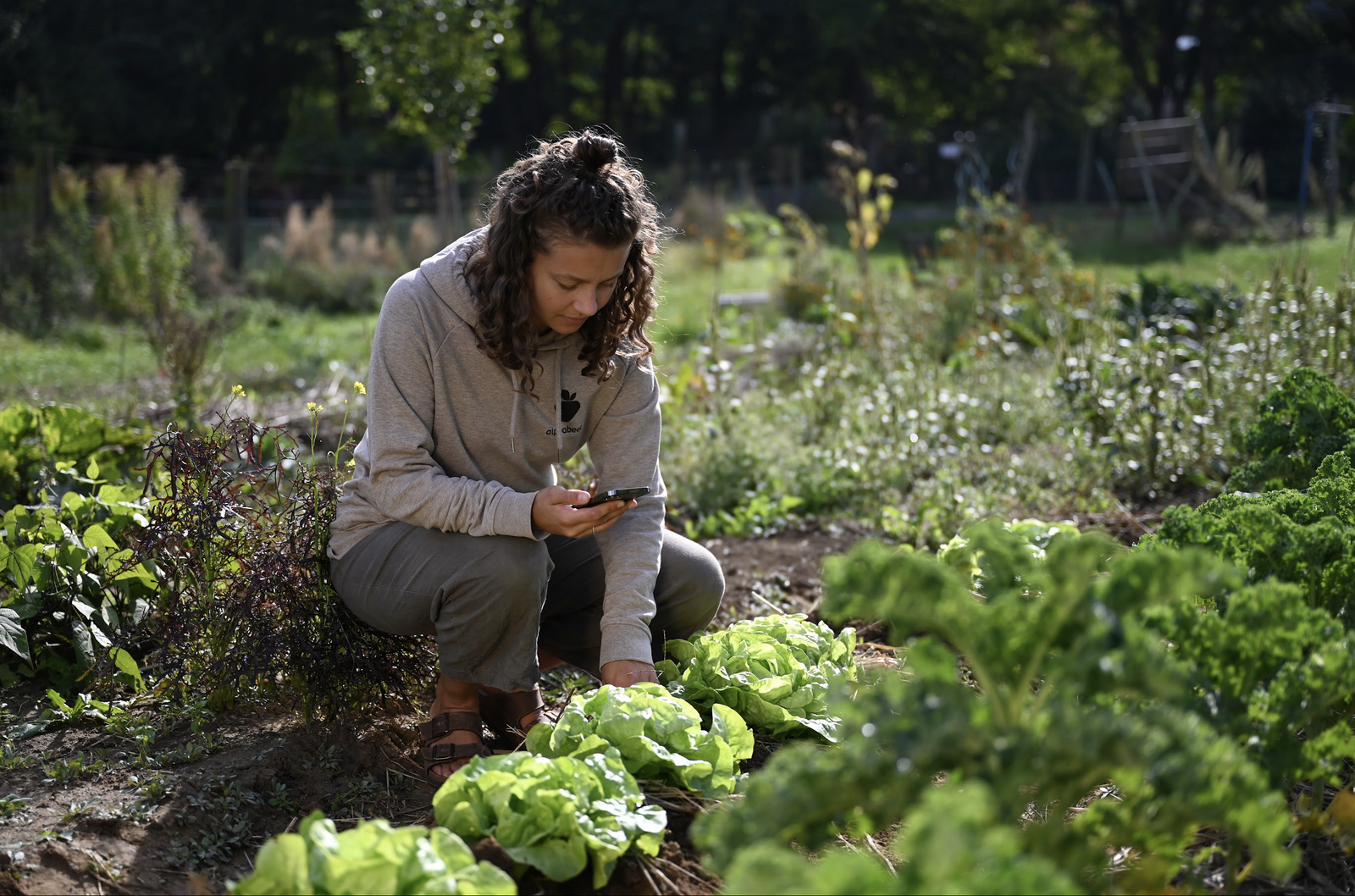Lettuce: good & bad companion plants
Planting lettuce in mixed cultivation
We refer to various leafy vegetables as lettuce: in addition to the classic lettuces, we also call plants of the genus 'chicory' such as chicory and radicchio lettuce. We also include crops such as rocket, postelein and lamb's lettuce. For this reason, it is difficult to generalize good and bad neighbors for 'lettuce'. Lettuces are usually not particularly demanding and are satisfied with few nutrients. Only chicory is a somewhat hungrier lettuce and needs a little more nutrients. As lettuces are good gap fillers and grow particularly quickly, they are a good mixed crop partner in the bed.
Picking lettuce
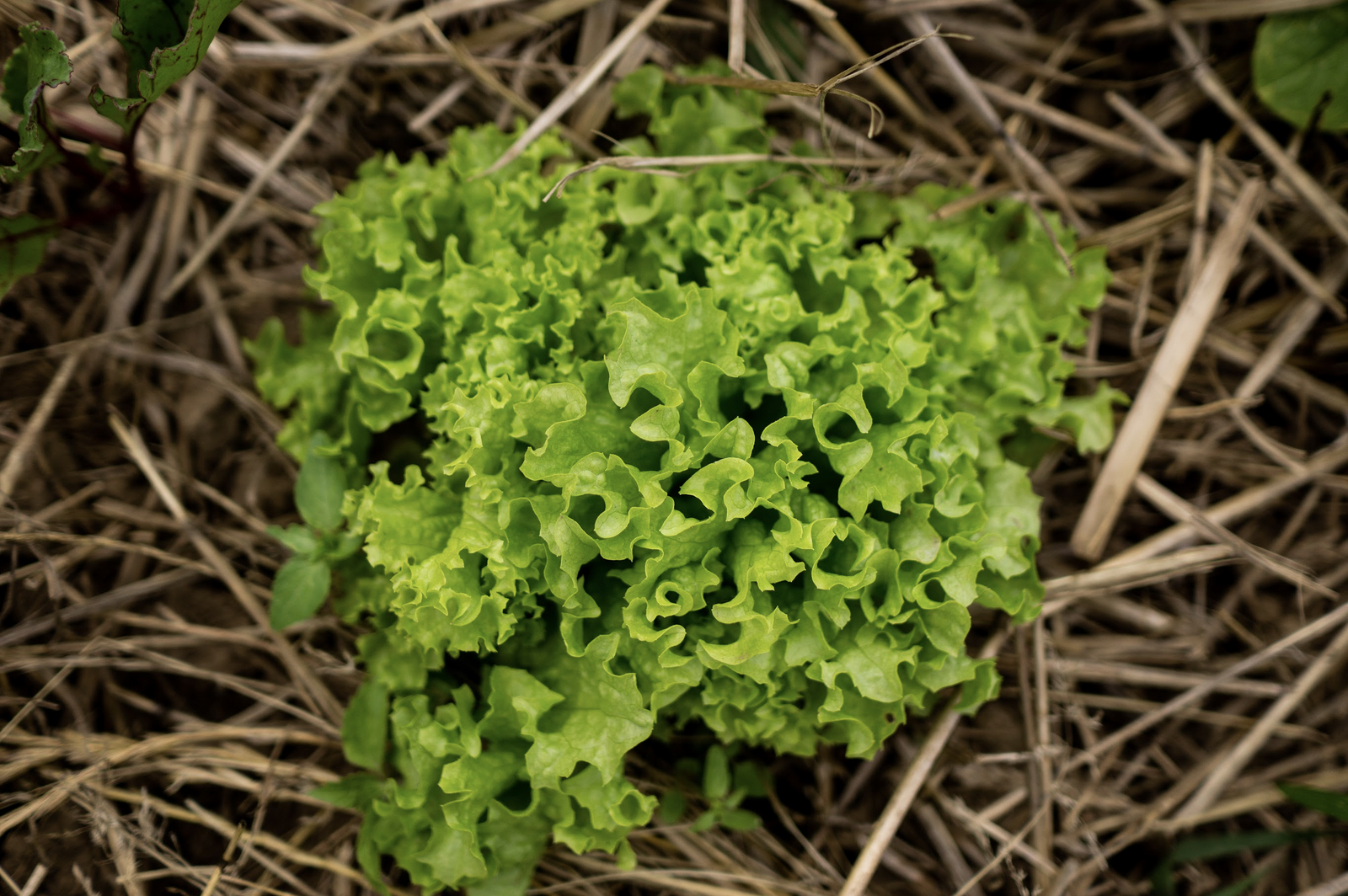
These lettuce varieties do not need much space in the bed and a maximum of 25 x 25 cm/9.8 x 9.8 in. As gap fillers, they cover the gaps between the other crops and thus protect the soil from erosion and evaporation. With their shallow roots, these lettuces are a good companion plants for medium to deep-rooted crops in particular
- Location and soil: semi-shady, moist area with humus-rich, loose soil
- Nutrient requirements: weak feeder
Good companion plants
- Artichoke, beans, peas, chickpeas, strawberry, cucumber, cabbage, corn, turnip, carrots, nightshade plants, postelein, radish, rhubarb, beet, rocket, spinach, salsify, rutabaga, asparagus, onions, spring onions, leek
Bad companion plants
- Lovage, parsley, celery, sage, Jerusalem artichoke, root parsley
Chicory, radicchio and endive
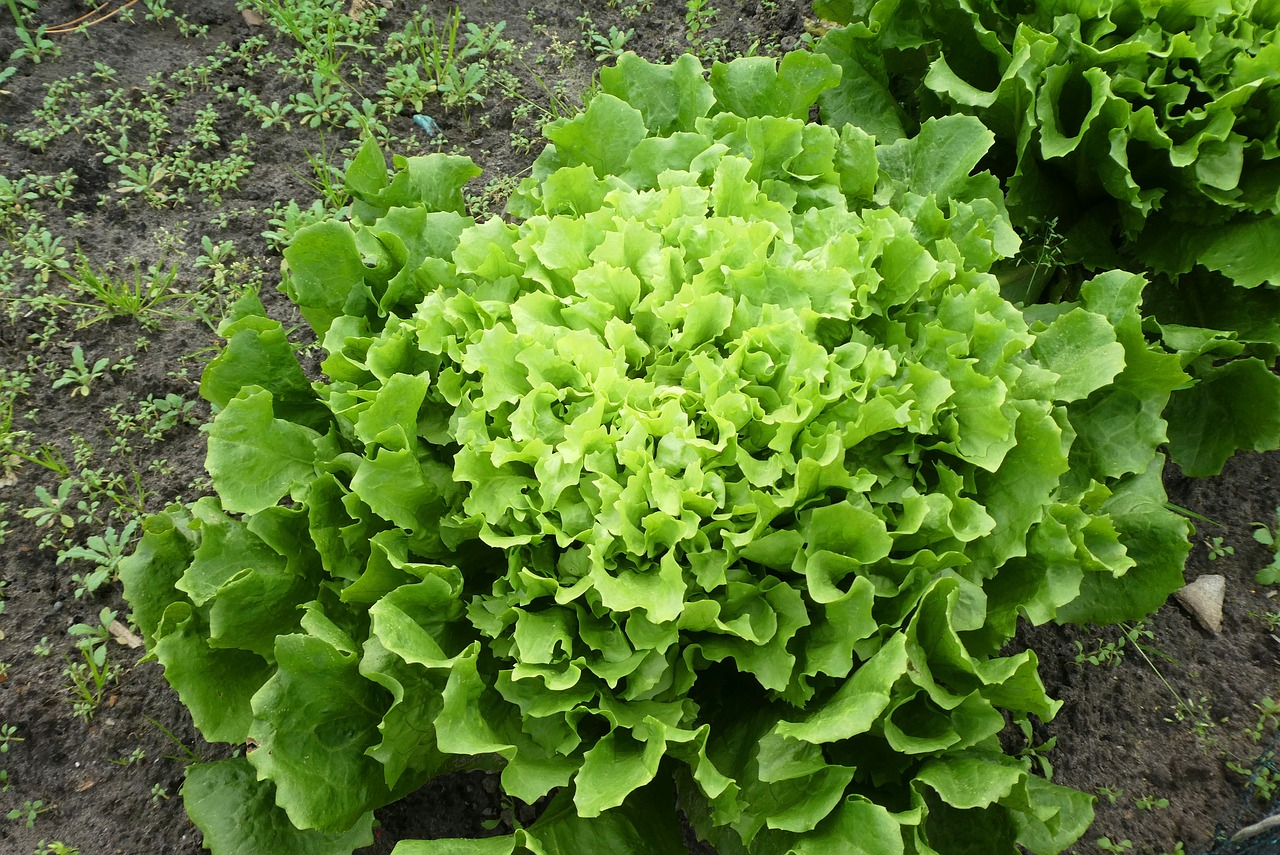
Chicories form their own genus, which is why their neighborhoods differ. They differ in their growth habit, as they form long taproots. They are therefore less suitable as gap fillers and take up a little more space in the bed (around 30 x 40 cm/11.8 x 15.7 in, except chicory 10 x 30 cm/3.9 x 11.8 in). They are also medium feeders and have slightly higher nutrient requirements - Location and soil: sunny but moist location with humus-rich, loose soil - Nutrient requirements: medium feeders
Good neighbors
- Chicory: pea, fennel, caraway, leek, carrot, parsnip, beet, lettuce, runner bean, tomato
- Radicchio: beans, borage, dill, pea, fennel, nasturtium, tuberous fennel, carrot, tomato
- Sugar loaf: Pea, fennel, kohlrabi, carrots, parsnip, radish, lettuce, spinach, tomatoes
- Endive: chili, fennel, chickpeas, cabbage, leek, carrots, oregano, peppers, rocket, marigold, runner beans
Bad companion plants
- Chicory: potato, lettuce (endive, radicchio)
- Sugar loaf: potato, lettuce, celery, parsley
- Radicchio: artichoke, oat root, cress, lovage, (root) parsley, radish, radish, lettuce, celery, black salsify
- Endive: lovage, sage, celery, radicchio, Jerusalem artichoke
Mixed crop planting plan with lettuce
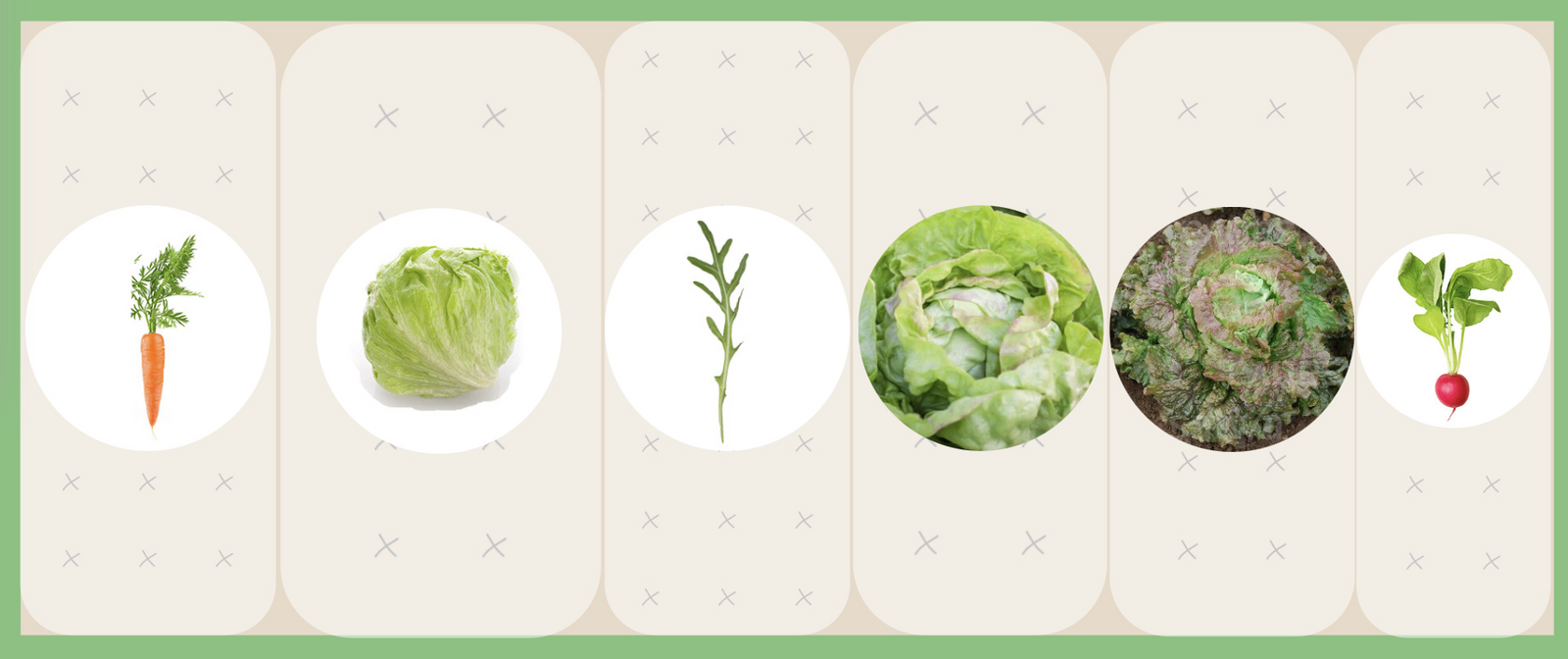
- Summer salads until June/July Chicories are winter salads and are only sown and planted in June/July. Before that, you can cultivate other crops such as carrots, radishes and lettuce. You can sow early carrots and radishes directly into the bed from March. You can also start growing lettuce: You can now propagate iceberg lettuce, rocket and lettuce (e.g. the 'Maikönig' variety) or the Batavia lettuce 'Lattughino Rosso'. You can then plant out the lettuce seedlings between March and April.
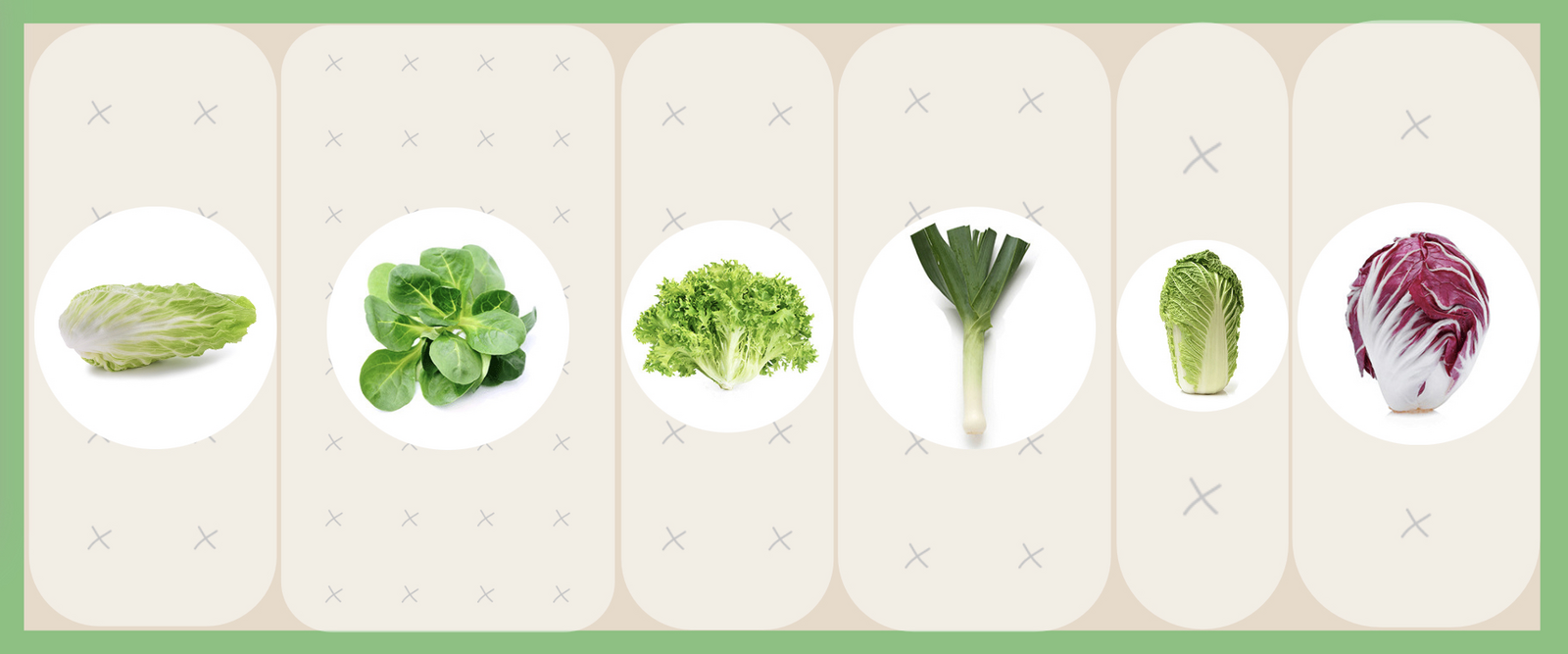
- Winter lettuces from July/August Sugar loaf, endive and radicchio are either grown in advance or sown directly, depending on the variety, between May and June. The pre-grown young plants are planted in the bed in June/July. In the same way, you can now plant out the leek young plants and sow Chinese cabbage directly. The Chinese cabbage, radicchio and winter divia do not stay in the bed for long and are harvested by November at the latest. You can then even plant a subsequent crop for the winter. A little later, from August, lamb's lettuce is sown or planted. You can also sow your lamb's lettuce rows staggered here.
Succession cropping & crop rotation
After lettuce, you can plant a medium- or high-yielding crop. If you want to plant lettuce again, choose a different crop such as chicory or rocket. If you have had a disease infestation, you should wait two to three years before planting lettuce or other composite plants again.
